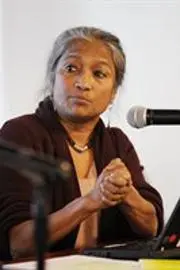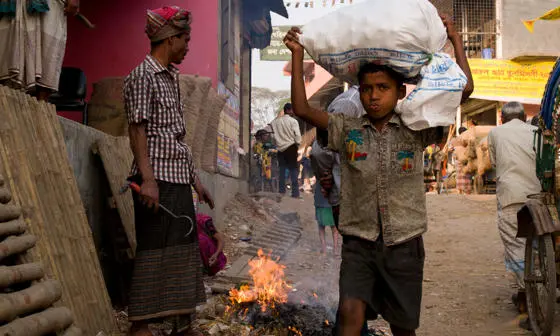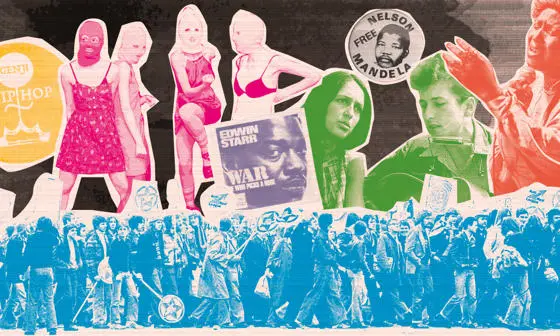Can asset transfers help women in extreme poverty?
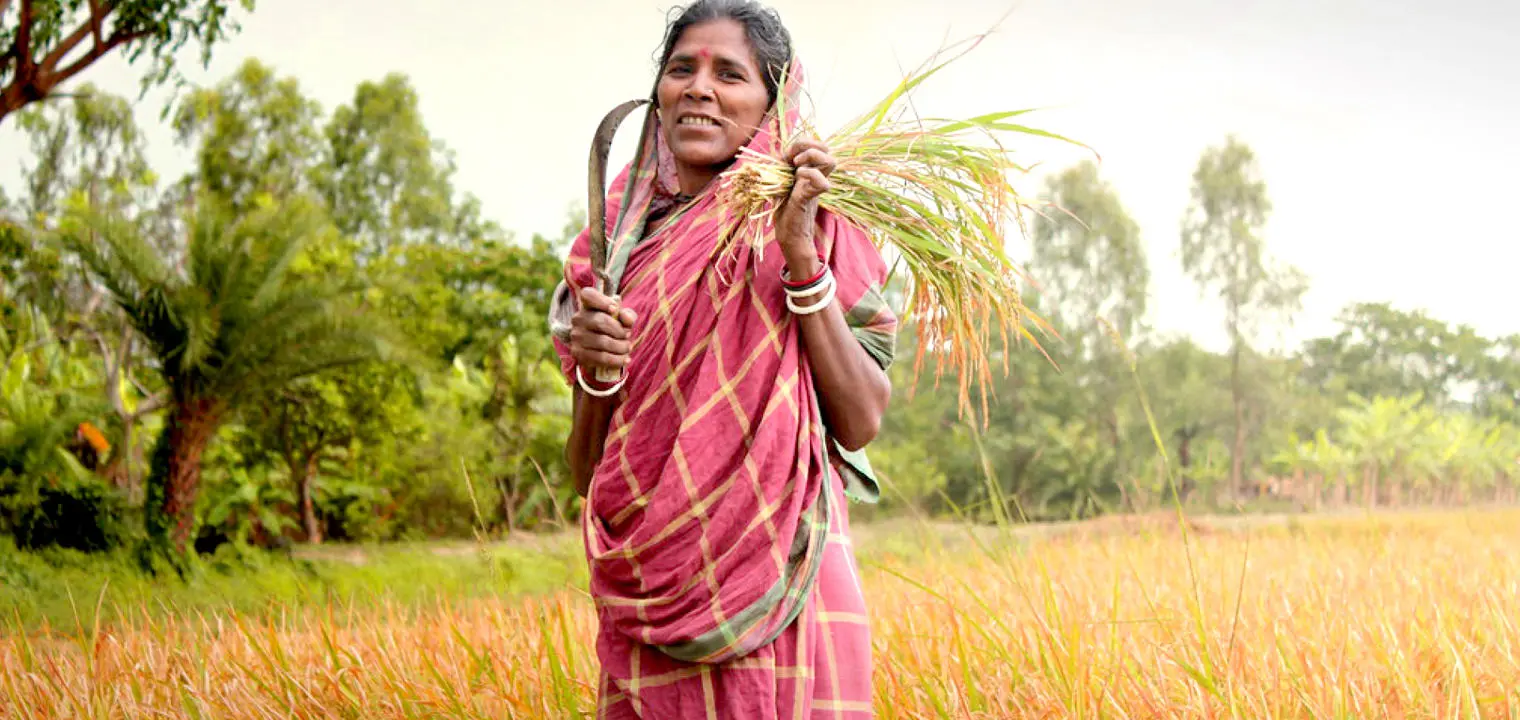
Contents
In 2002, BRAC Bangladesh pioneered a programme as part of their Graduation approach to development interventions. The programme aimed to lift ultra-poor women above the extreme poverty line within two years through the provision of small productive assets and skills training. The success of the BRAC programme led to attempts to pilot it in a number of different countries. One of these was in West Bengal, India between 2006 and 2009.
In 2011, Professor Kabeer and a team of researchers returned to evaluate the programme in West Bengal, India. Their findings would help policymakers build a picture of the approach across diverse contexts.
Could asset transfers help move the ultra-poor out of poverty?
At the start of the programme in West Bengal, 300 women were provided with small, productive assets such as sheep, goats or fish. They were encouraged to form groups to help each other save and budget on a regular basis and were given training and mentoring to manage the income streams from their assets. A monthly consumption stipend and basic health support provided an initial level of stability to participants.
Extreme poverty in West Bengal is reflected not only in a lack of material assets, but also in the identities and experiences of diverse communities.
Over a year of fieldwork, the research team employed qualitative methods, such as life histories, participatory techniques, and staff interviews, to explore how 20 of the participants had experienced the programme. "We wanted to understand whether the programme was successful in what it set out to do, and how the programme impacted the lives of the women involved," says Professor Kabeer.
The research helped the team to identify a varying pace of progress by different participants, and what it was about the wider context and their individual circumstances that explained this variation.
In 2018, Professor Kabeer and Dr Sanchari Datta, who was also part of the original research team, revisited the families in West Bengal. Together with Kolkata-based Dr Gautam Sen, they produced "Rice and Fish Curry", a documentary which follows the fortunes of six women and their families involved in the West Bengal pilot from its beginning.
The key finding from Professor Kabeer’s follow-up study in 2018 indicated that "while progress for these women continued to vary over time, the approach of combining asset transfers with intensive training over two years had provided a form of practice-based learning, which participants valued as its greatest benefit."
Understanding the progress of participants
The research project highlighted variations in progress between participants, which Professor Kabeer attributes to a number of factors.
"Extreme poverty in West Bengal is reflected not only in a lack of material assets, but also in the identities and experiences of diverse communities", she says. "Our study included Adivasis, indigenous groups, who are the very poorest and most socially marginalised in India; Dalits, the lowest castes; and Muslims, who face religious discrimination in India. Although each participant had been identified as living far below the poverty line, these different communities experienced the intervention’s impacts in different ways."
One such example was in the experiences of Adivasi women, who often reported the greatest progress in their self-assessments. "In many respects the Adivasis were the most marginalised in the region, and as the smallest minority community, politicians considered them a low-priority vote bank," explains Professor Kabeer. "For this reason, they had been repeatedly overlooked in development interventions in the past. They described this programme as a once in a lifetime opportunity on which they were keen to capitalise."
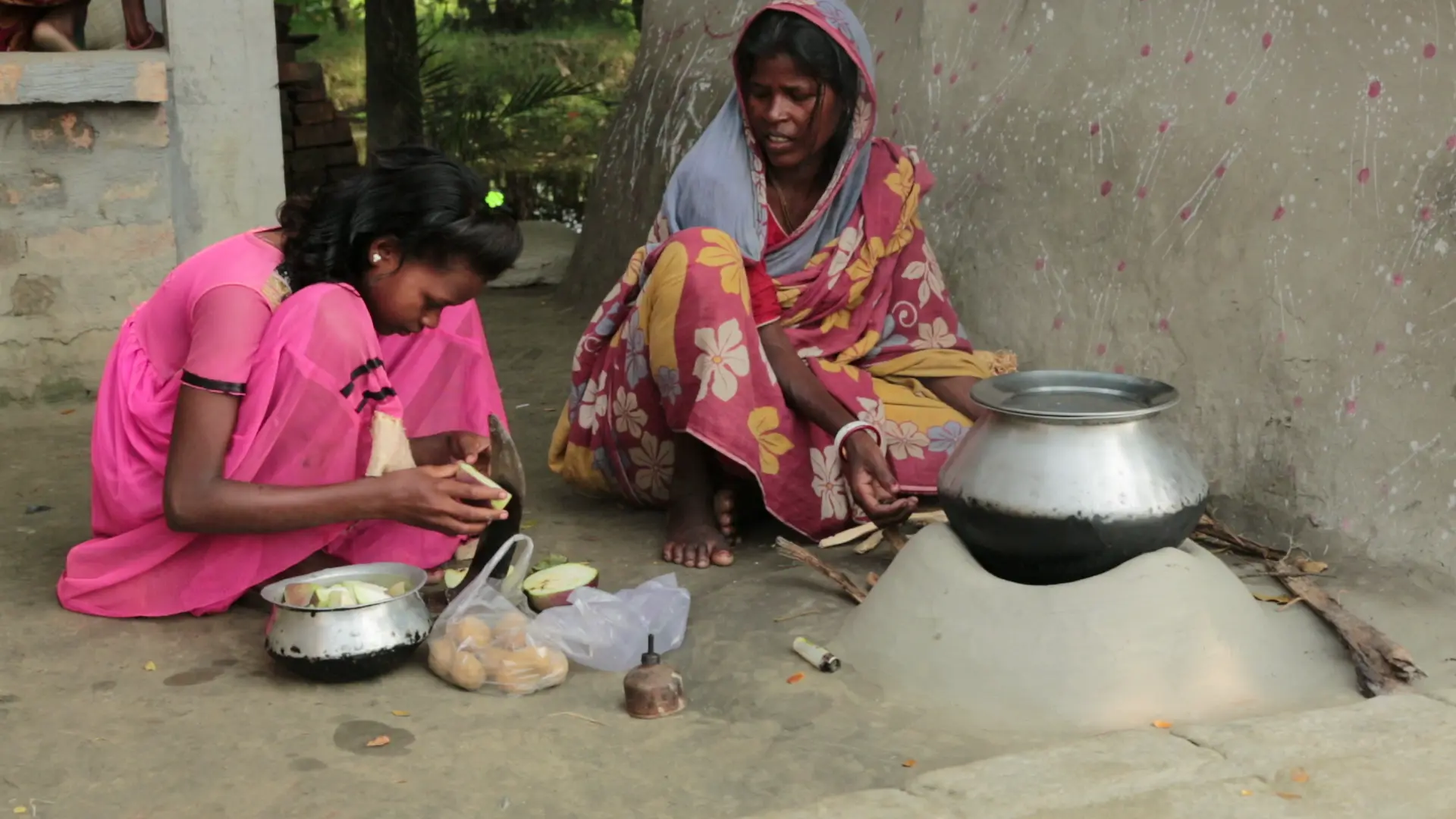
It is vital to keep in mind that no intervention ever has an identical impact in every context.
"Outcomes observed in the study were not just drawn along lines of social identity," continues Professor Kabeer. "For example, intra-household relationships played an important role. In households where members cooperated and worked well together, women were more likely to benefit. By contrast, where family dynamics were conflictual or there was a controlling male figure restricting their movements, they were less able to take advantage of programme opportunities."
The importance of context and causality in evaluation methodologies
It is the importance of context and causality, or why and how change takes place, that Professor Kabeer has been keen to highlight in her recent papers on the study, and in her contributions to the wider discussion on research methodology.
Professor Kabeer has been particularly interested in the strengths and limitations of the Randomised Control Trials (RCTs) used in many development initiative evaluations: "RCTs are held up as ‘the gold standard’ for evaluation methods. They are considered to remove the biases thought to bedevil traditional survey and qualitative methods," she explains.
They achieve this through the randomised selection of treatment and comparison groups, and the use of predetermined indicators to carry out quantitative assessments. However, as Professor Kabeer raises, "what the technique may gain in terms of rigour, it loses in depth and understanding." She recalls an RCT of another local BRAC pilot taking place at the same time as her own evaluation: "our approach would be better able to explain some of the impacts they reported because we listened to participants’ own assessments and factored in the particularities of specific contexts."
This matters when thinking about the wider implications of evaluation methodologies for the policy process: "In order to accurately assess whether an approach can be taken to scale or replicated elsewhere, it is vital to keep in mind that no intervention ever has an identical impact in every context", she explains. "It’s not enough to know whether a pilot worked or not. We also want to know how and why it worked, so we can decide whether the same causal mechanisms will apply at a larger scale or in a different context."
This LSE Research Showcase was written up by Molly Rhead, Media Relations Officer at LSE.
Main banner image: UN Women/Ashutosh Negi
Article image: Credit: Gautam Sen.
Download a PDF version of this article

